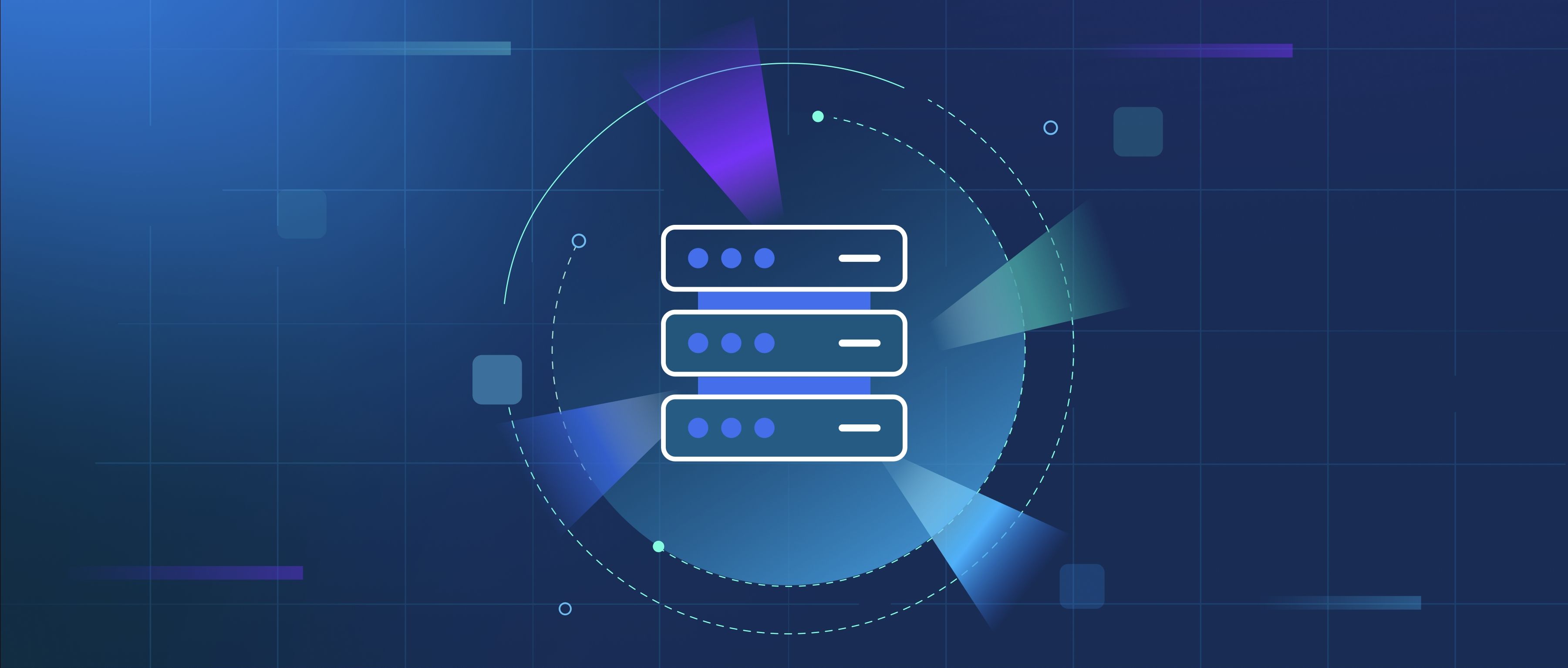A few-shot learning model is a type of machine learning approach that enables a model to learn from only a small number of examples. Unlike traditional machine learning methods that often require large datasets to generalize well, few-shot learning aims to train models in scenarios where data is scarce. This strategy is particularly useful in applications where collecting training data is expensive, time-consuming, or impractical, such as medical image analysis or recognizing rare objects.
The core idea behind few-shot learning is to help models leverage prior knowledge, often from related tasks, to make educated guesses based on minimal new information. This is commonly achieved through techniques like metric learning, where the model learns to measure similarity between examples, or using transfer learning, where a model pre-trained on a larger dataset is fine-tuned with few new examples. For instance, consider a facial recognition system that has been trained on thousands of faces. If you need the system to recognize a new individual with just a few sample images, a few-shot learning model would adapt its understanding based on those minimal inputs by relating them to what it has already learned.
An example of few-shot learning in practice is in natural language processing (NLP), where models might be required to perform various tasks such as sentiment analysis or language translation with very few examples of each task. By using approaches like meta-learning, the model can learn how to learn, improving its ability to adapt quickly to new tasks with limited data. Similarly, in image classification, models can classify new categories of images correctly after being shown just a handful of images per category, making them efficient and versatile across different tasks.
